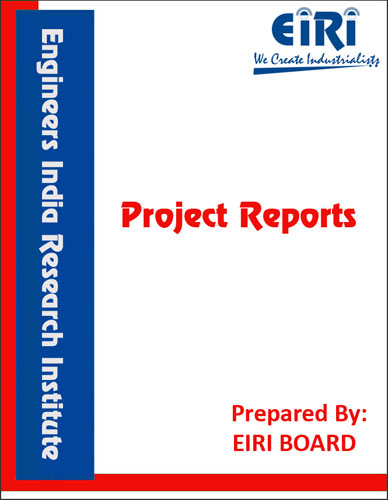INVESTMENT CASTING
The project report includes Present Market Position and Expected Future Demand, Market Size, Statistics, Trends, SWOT Analysis and Forecasts. Report provides a comprehensive analysis from industry covering detailed reporting and evaluates the position of the industry by providing insights to the SWOT analysis of the industry.
We can prepare PROJECT REPORT as per your INVESTMENT PLAN for BANK LOAN REQUIREMENT and INDUSTRY ANALYSIS. All reports are prepared by highly qualified consultants and verified by a panel of experts.
Have Query? Click Here to Chat
Industry Expert is Online, Chat with him for more detail.

Investment casting or `lost wax’ process, is a method of casting metal parts under controlled conditions inorder to produce relatively accurate castings having smooth surface. The process consists of making a pattern of expendable materials eg. wax, plastics, fusible alloy or frozen mercury.
A suitable moulding or investment compound eg. ethyl silicate is cast around the pattern followed by curing. The investment material is then melted out to form the finished mould. The molten metal is cast in the finished mould usually under pressure and mould is broken and removed to free the castings which usually require the removal of gates only for its finishing. The parts produced by investment casting range from 5gms to 4500 gms. The main advantage of this procedure is the ability to make very intricate shapes that can’t be possible by either machining or by any other method. The size of investment castings ranges around 8 cm length x 4 cm thickness.
Investment casting is the oldest method of precission casting. It originated in china, about 3,500 years ago. Later on, this process was used in Greece & Egypt, and then spread in other countries of the wold.
Investment casting techniques remained in vague for hundreds of years for manufacturing status & art-works, but then, it disappeared till it was rediscovered about 400 years ago in Italy.
During World War-II, investment casting wasa adopted for manufacturing engineering components that could not be fabricated by other methods of castings.
1. INTRODUCTION
2. USES AND APPLICATIONS
3. CHARACTERISTICS
4. ADVANTAGES & DISADVANTAGES OF INVESTMENT CASTING
5. PATTERN CONSTRUCTIONS
6. INTERNATIONAL STANDARDS FOR INVESTMENT CASTINGS
7. B I S SPECIFICATION
8. MARKET POTENTIAL
9. MARKET SURVEY
10. PRESENT MANUFACTURERS
11. PROPERTIES & GRADES OF STAINLESS STEELS
12. SPECIAL ALLOY STEELS
13. PRECISION INVESTMENT CAST AUSTENITIC-
STAINLESS STEEL
14. MANUFACTURING PROCESS
15. PROCESS FLOW CHART
16. PLANT LAYOUT
17. PRINCIPLES OF PLANT LAYOUT
18. PLANT LOCATION FACTORS
19. EXPLANATION OF TERMS USED IN THE PROJECT REPORT
20. RAW MATERIAL SUPPLIERS
21. PLANT AND MACHINERY SUPPLIERS
APPENDIX – A :
1. COST OF PLANT ECONOMICS
2. LAND & BUILDING
3. PLANT AND MACHINERY
4. FIXED CAPITAL INVESTMENT
5. RAW MATERIAL
6. SALARY AND WAGES
7. UTILITIES AND OVERHEADS
8. TOTAL WORKING CAPITAL
9. COST OF PRODUCTION
10. PROFITABILITY ANALYSIS
11. BREAK EVEN POINT
12. RESOURCES OF FINANCE
13. INTEREST CHART
14. DEPRECIATION CHART
15. CASH FLOW STATEMENT
16. PROJECTED BALANCE SHEET



